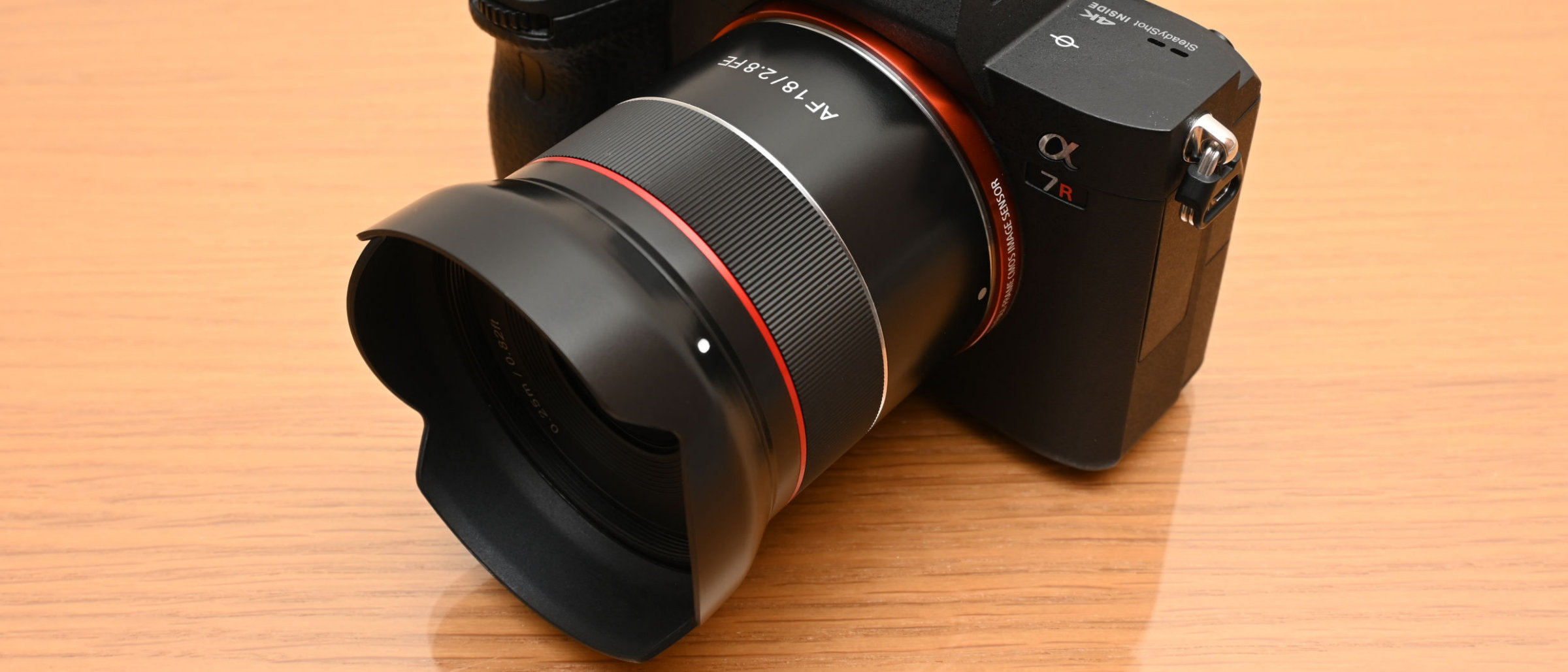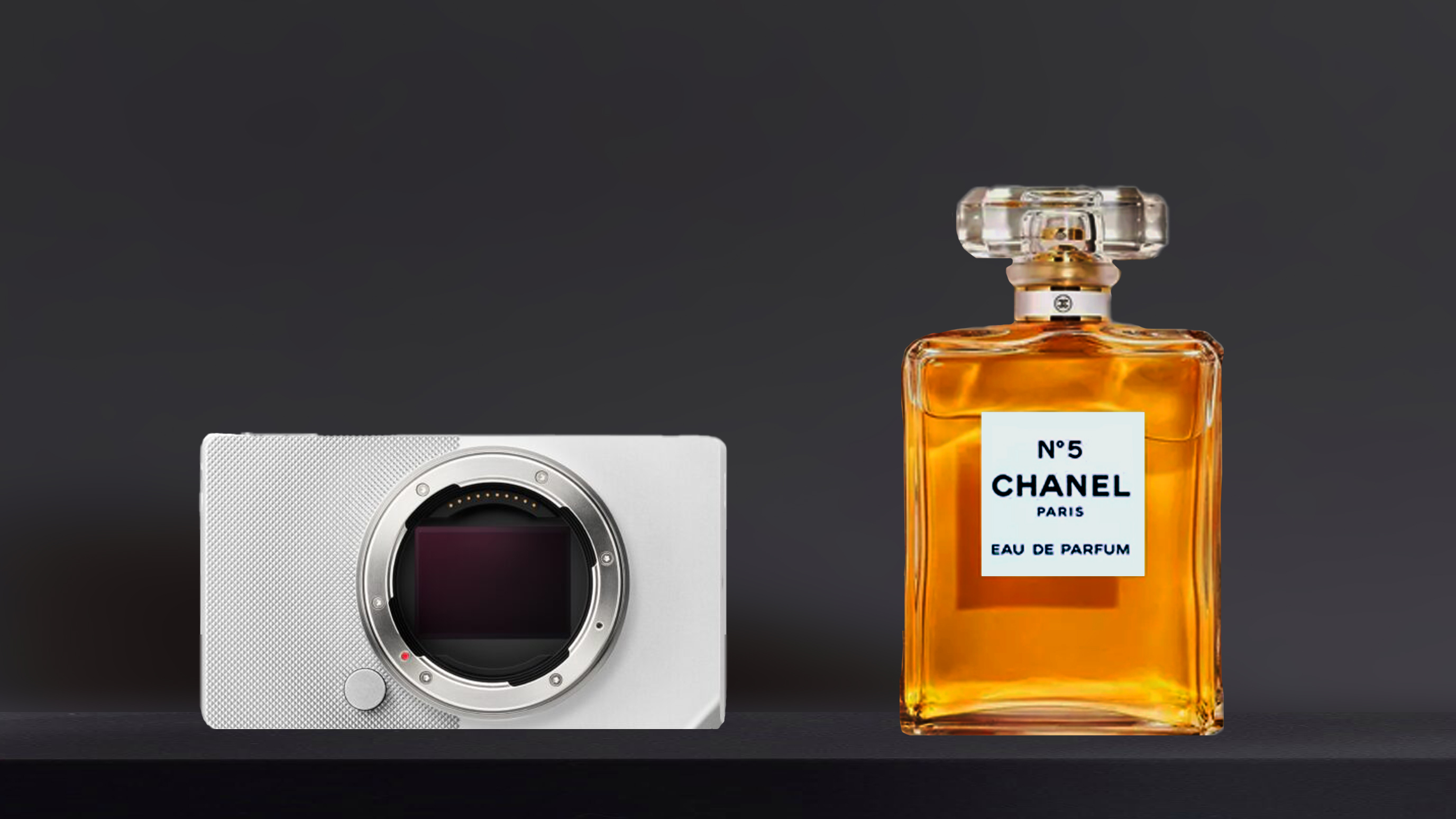Digital Camera World Verdict
Bucking the trend set by ultra-wide-angle lenses for full-frame cameras over the last few years, the Samyang AF 18mm F2.8 FE proves that they don’t need to be big, chunky affairs. This one is pretty much pocket-sized and a real featherweight, making it ideal as a walkabout lens or a little extra something for when your standard zoom runs out of viewing angle. There’s nothing lightweight about the image quality and all-round performance, however, making the Samyang a great buy at the price.
Pros
- +
Ultra-compact and lightweight
- +
Excellent image quality
- +
Removable hood
Cons
- -
No weather-seals
- -
Modest minimum focus distance
Why you can trust Digital Camera World
As an ultra-wide-angle, fairly fast prime lens, the Samyang AF 18mm F2.8 FE is unfeasibly compact and lightweight. It measures just 64x61mm and weighs in at a mere 145g, making it small enough to slip into a spare pocket when you’re out and about. As such, it earns its place in Samyang’s ‘Tiny’ series super-compact lenses.
One thing that isn’t small is the range of options in Samyang’s collection of wide-angle primes for Sony E-mount cameras. It currently starts off with a 12mm F2 APS-C format lens, then shifts up a gear to full-frame compatible 14mm F2.8, 18mm F2.8, 24mm F1.8 and a trio of 35mm F1.4, 35mm F1.8 and 35mm F2.8 primes. The 18mm is particularly attractive as it gives a greater viewing angle than a typical 24-70mm zoom, without going overboard. You get a 100-degree angle of view on full-frame cameras, and a still respectable 76 degrees on APS-C format bodies.
Specifications
Mount: Sony E (FE)
Lens construction: 9 elements in 8 groups
Angle of view: 100 degrees (76 degrees, APS-C)
Diaphragm blades: 7
Minimum aperture: f/22
Minimum focusing distance: 0.25m
Maximum magnification ratio: 0.09x
Filter size: 58mm
Dimensions: 64x61mm
Weight: 145g
Key features
In keeping with the small and sleek design, there aren’t any bells and whistles like lens-function buttons, an auto/manual focus switch or an additional, customizable control ring. Autofocus is driven by the now-typical stepping motor, which is quick for shooting stills and enables smooth transitions for movie capture, along with near-silent operation. Suffice it to say that the feature set is fairly basic but includes everything you need for general shooting.
The optical path is based on nine elements in total, eight of which are specialized. These include three aspherical elements, three low-dispersion elements and two high refractive index elements. The overall aim is to enhance sharpness and contrast, while reducing colour fringing and distortion. Samyang’s Ultra Multi-Coating is also applied to combat ghosting and flare.
Build and handling
The compact, lightweight nature of the lens is a key handling attribute for walkabout shooting. As we’ve mentioned, there aren’t any buttons or switches to play with but the electronically coupled focus ring operates smoothly and enables precise adjustments. And despite its featherweight construction, the Samyang feels pretty solid and has a metal rather than plastic mounting plate.
Many ultra-wide-angle lenses have an integral, fixed hood for protection, as the front element protrudes beyond the barrel. That’s not the case here though, and the Samyang has a bayonet-mount, petal-shaped hood. Unlike with many own-brand, low-budget lenses from the likes of Canon and Nikon, the hood is supplied with the lens, so you don’t need to buy it as ‘optional extra’.
The only real room for improvement in terms of build and handling is that the lens doesn’t have any weather-seals, nor a fluorine coating on the front element to repel moisture and grease. The slightly larger and heavier Tamron 20mm F/2.8 Di III OSD M1:2 boasts both of these, while being even more budget-friendly to buy. Another trick up the Tamron’s sleeve is a very short minimum focus distance of 0.11m, enabling a 0.5x macro magnification factor. By contrast, the Samyang focuses down to a still fairly short 0.25m, resulting in 0.09x magnification.
Performance
You might think that such a small, lightweight design would compromise image quality, but the Samyang would prove you wrong. Sharpness is fabulous right across the whole frame, able to do full justice to even the most monster-megapixel cameras in Sony’s mirrorless range.
Color fringing is very minimal, even at the extreme edges and corners of the image frame, and that’s without using in-camera corrections. Speaking of which, many recent lenses designed for mirrorless cameras suffer from absolutely awful distortion. They rely completely on in-camera correction, without which they’re all but unusable. The Samyang isn’t a ‘zero-distortion’ lens but there’s much less barrel distortion than is often the case, and can be fully corrected in-camera or when processing raw files.
Sample images


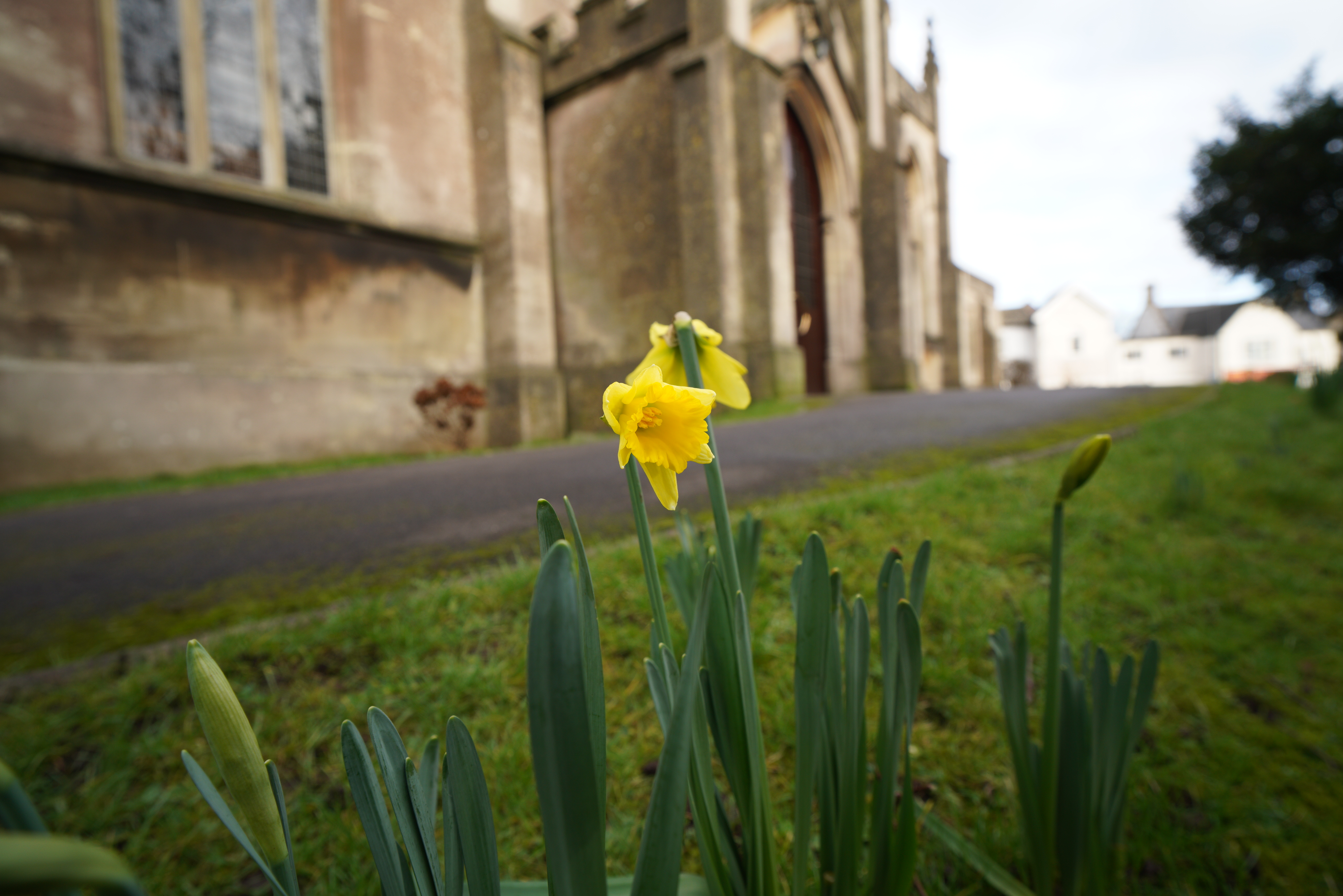
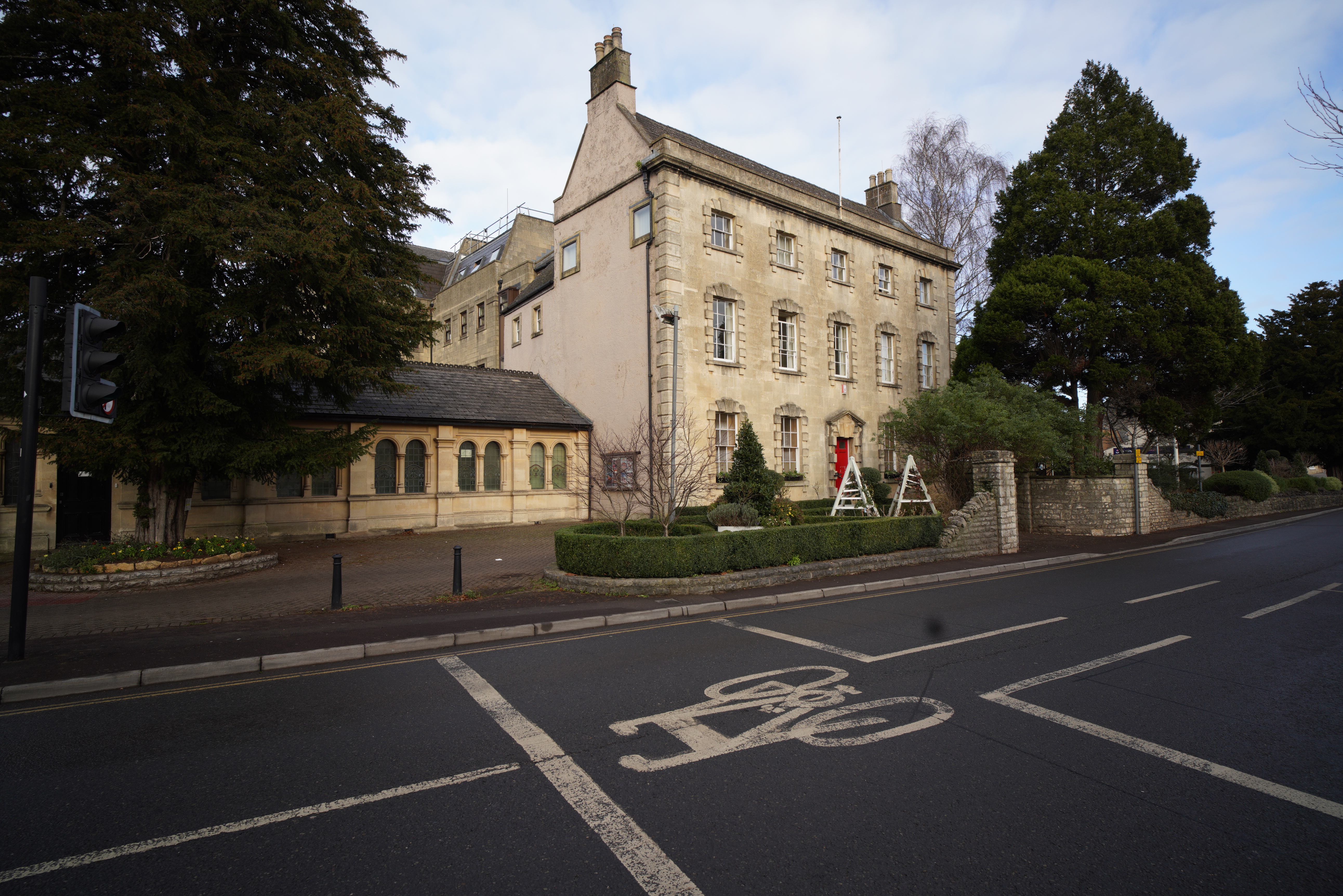

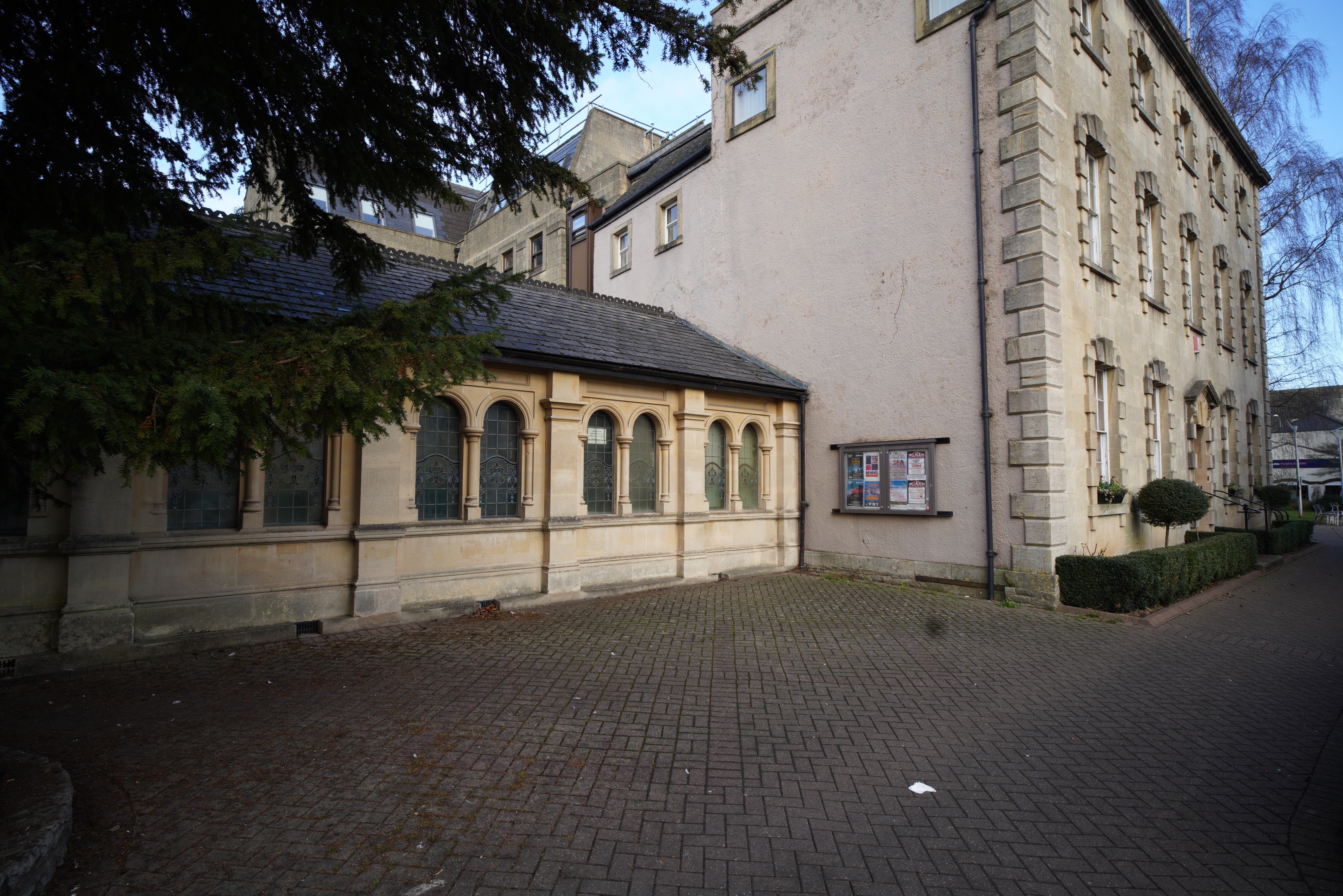
Lab results
We run a range of lab tests under controlled conditions, using the Imatest Master testing suite. Photos of test charts are taken across the range of apertures and zooms (where available), then analyzed for sharpness, distortion and chromatic aberrations.
We use Imatest SFR (spatial frequency response) charts and analysis software to plot lens resolution at the center of the image frame, corners and mid-point distances, across the range of aperture settings and, with zoom lenses, at four different focal lengths. The tests also measure distortion and color fringing (chromatic aberration).
Sharpness:
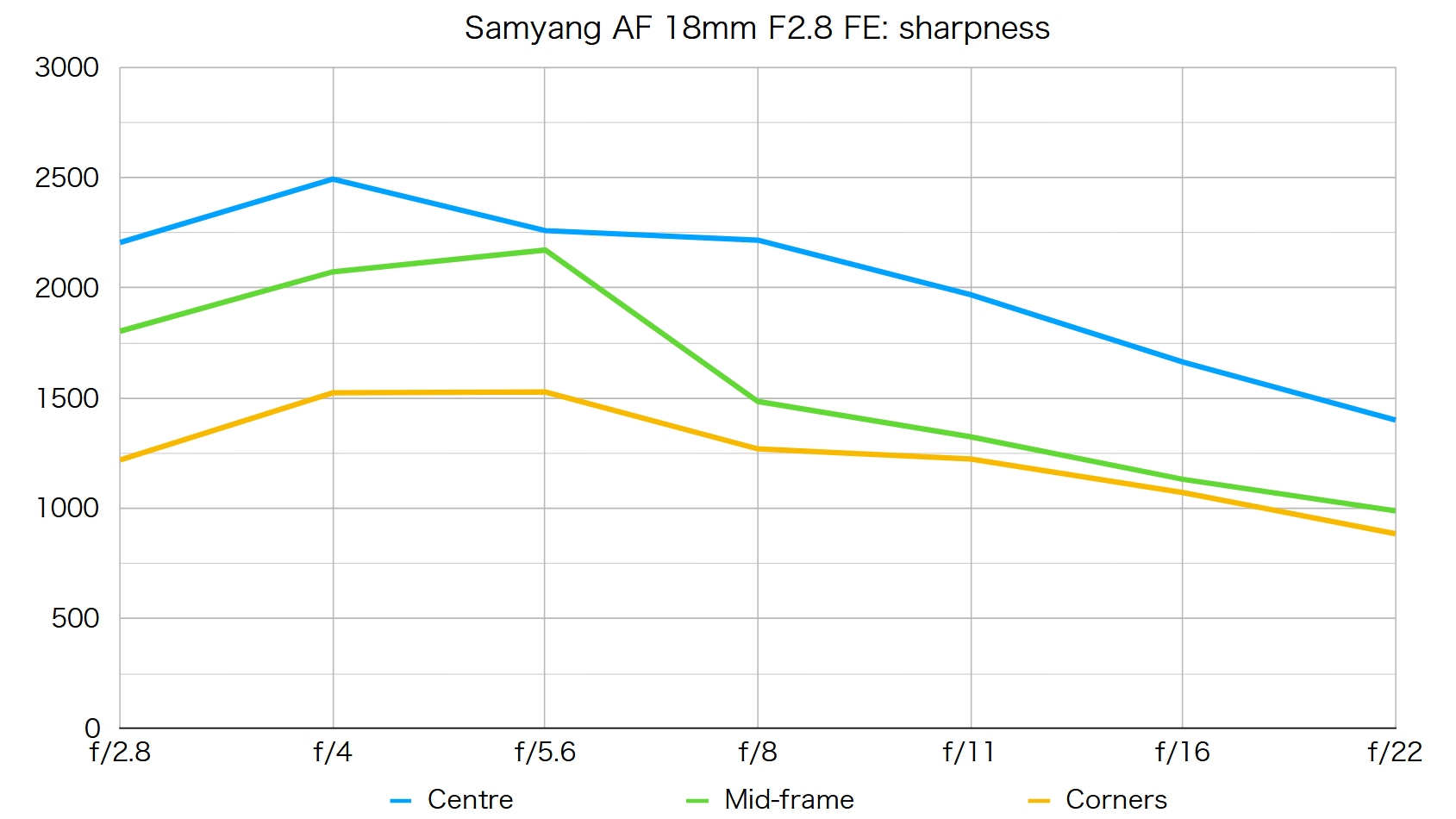
Centre-sharpness is absolutely superb even when shooting wide-open. Extreme edge/corner-sharpness is very good at f/2.8 and gets even better at f/4 to f/8. Overall, the tiny Samyang is an amazingly sharp lens.
Fringing:
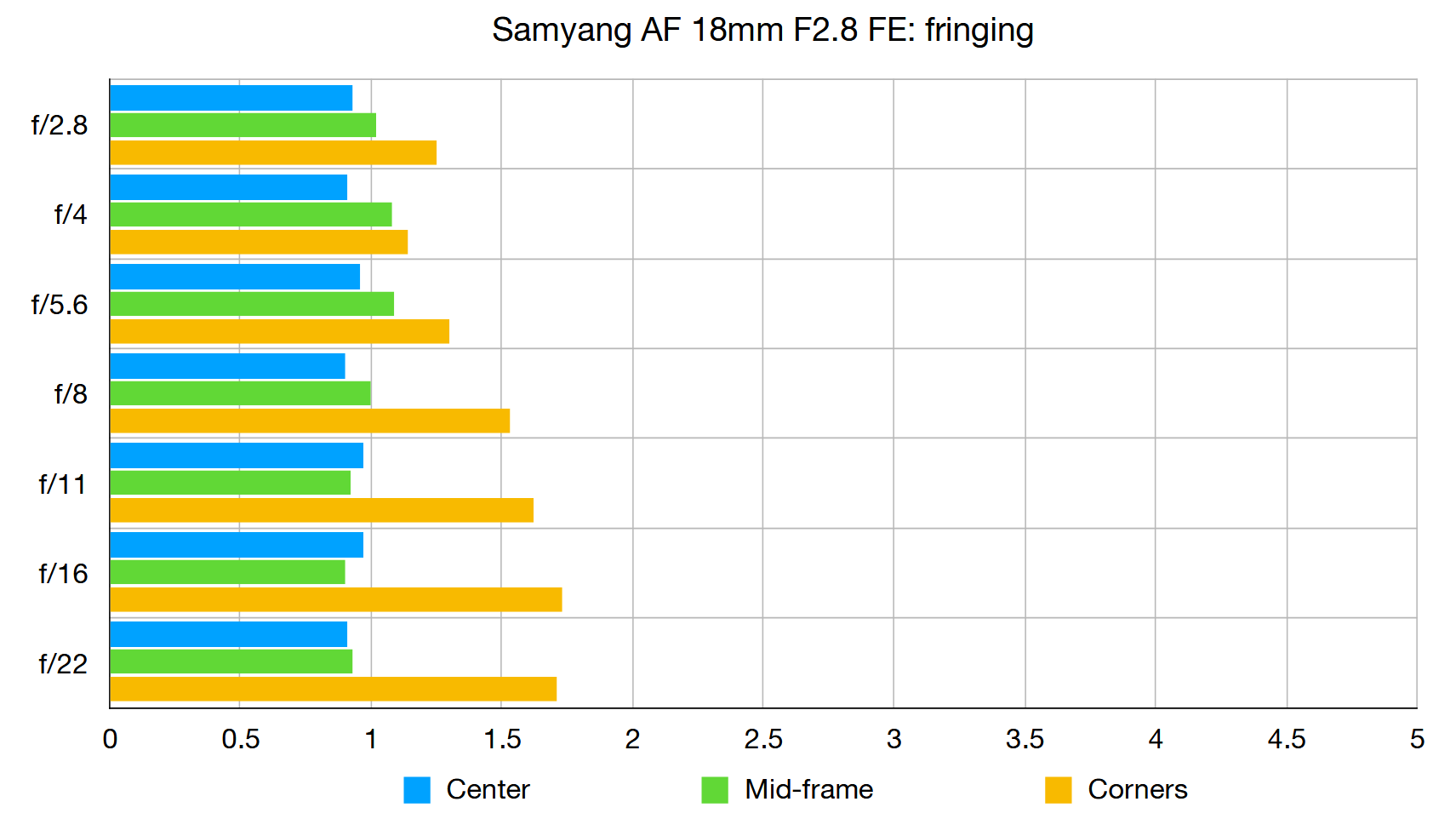
Color fringing is only very minor, even at the extreme edges and corners of the frame. It’s also very consistent throughout the aperture range. Automatic in-camera correction is available to virtually eliminate it.
Distortion: -1.18
There’s only fairly slight barrel distortion, even with automatic in-camera correction switched off. That’s no mean feat considering that many other wide-angle lenses for mirrorless cameras produce horrendous distortion and are completely reliant on in-camera correction.
Verdict
The Samyang AF 18mm F2.8 FE is more expensive to buy than the competing Tamron 20mm F/2.8 Di III OSD M1:2 for Sony E-mount cameras, and it lacks the Tamron’s weather-seals, fluorine coating and 0.5x macro facility. The flips side is that the Samyang is a little sharper, a bit smaller and only two-thirds of the weight. All in all, it really is a tiny yet mighty lens.
Read more:
Matthew Richards is a photographer and journalist who has spent years using and reviewing all manner of photo gear. He is Digital Camera World's principal lens reviewer – and has tested more primes and zooms than most people have had hot dinners!
His expertise with equipment doesn’t end there, though. He is also an encyclopedia when it comes to all manner of cameras, camera holsters and bags, flashguns, tripods and heads, printers, papers and inks, and just about anything imaging-related.
In an earlier life he was a broadcast engineer at the BBC, as well as a former editor of PC Guide.
